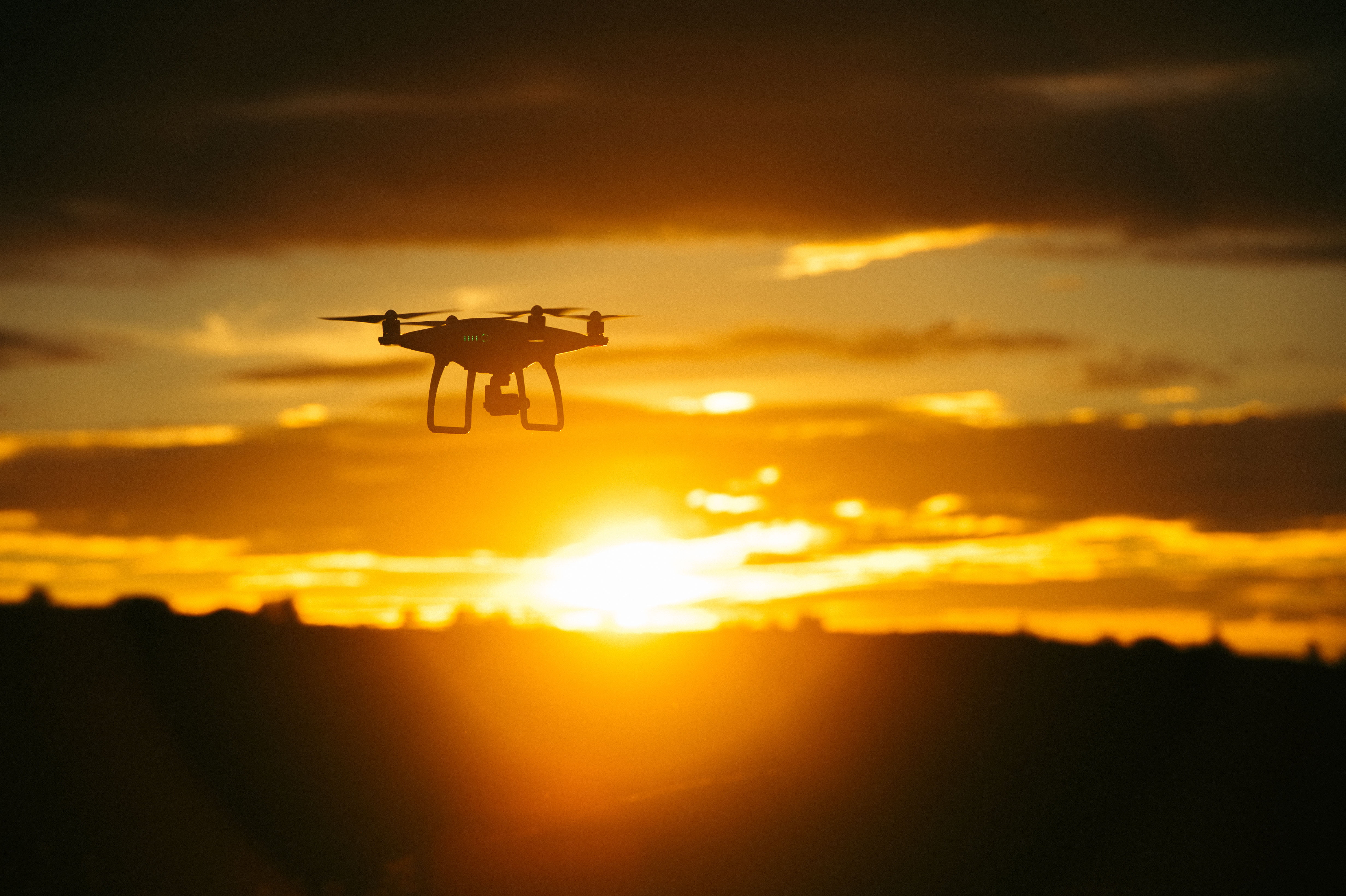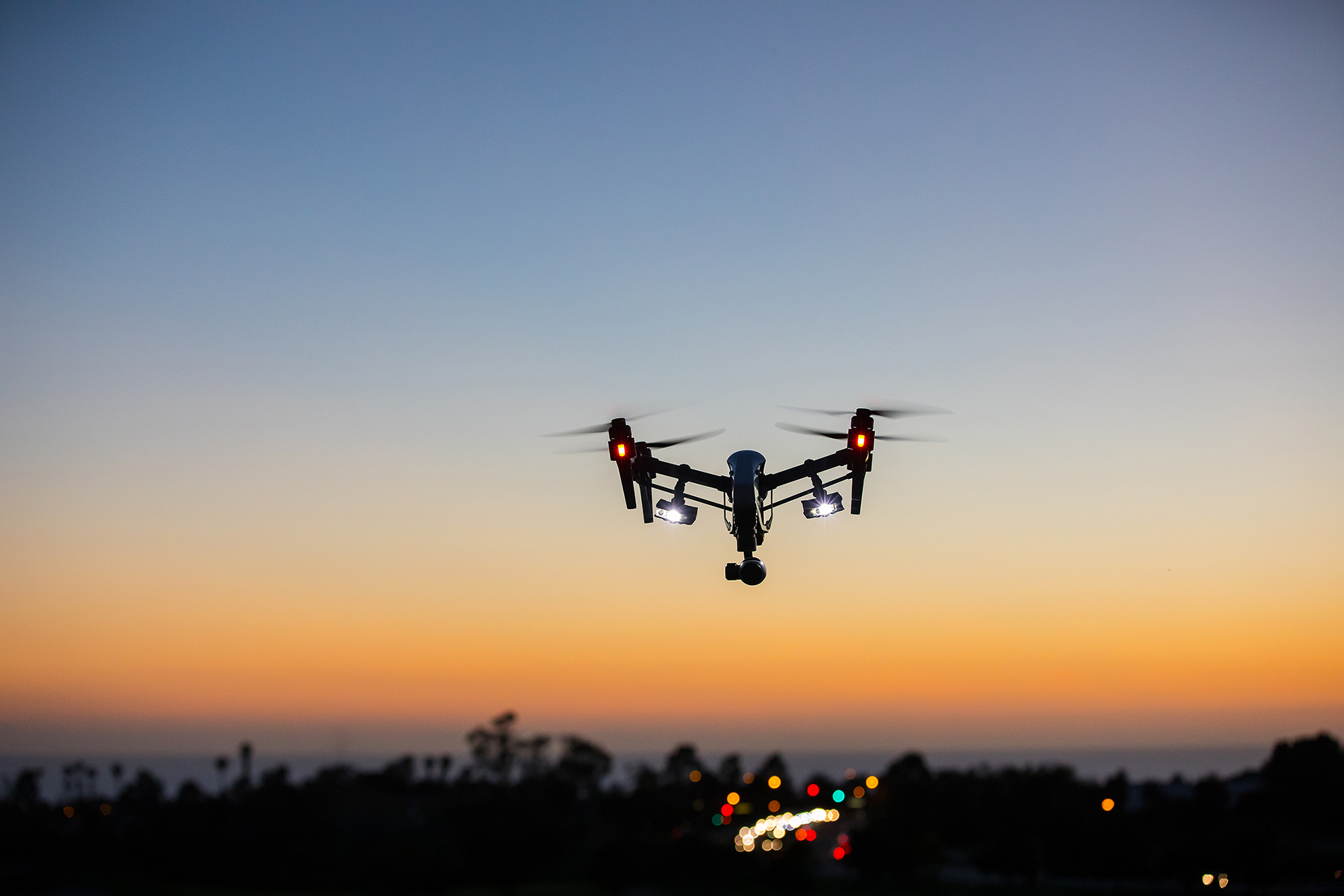Sky elements drones – Sky element drones are revolutionizing various industries, offering unprecedented capabilities in data acquisition and analysis. From environmental monitoring to infrastructure inspection, these unmanned aerial vehicles (UAVs) are transforming how we approach complex tasks. This exploration delves into the diverse applications, technological advancements, regulatory considerations, and future trends shaping the landscape of sky element drone technology.
This discussion will cover the practical uses of sky element drones across multiple sectors, highlighting their advantages and limitations. We will examine the technological underpinnings of these drones, including sensor types, power sources, and the integration of artificial intelligence. Crucially, we will address the essential safety regulations and best practices governing their operation. Finally, we’ll look towards the future, exploring potential advancements and their implications for various industries.
Sky Element Drone Applications
Sky element drones, equipped with advanced sensors and autonomous flight capabilities, are revolutionizing various industries. Their applications span diverse sectors, offering unique advantages in data acquisition and operational efficiency. This section will explore key applications, environmental monitoring capabilities, and infrastructure inspection roles of these versatile aerial platforms.
Commercial Applications of Sky Element Drones
The commercial applications of sky element drones are vast and continuously expanding. The following table highlights some key examples across different industries.
| Application | Industry | Benefits | Challenges |
|---|---|---|---|
| Precision Agriculture | Farming | Optimized crop yields, reduced resource consumption, early disease detection | High initial investment, weather dependency, regulatory compliance |
| Infrastructure Inspection | Construction, Energy | Reduced inspection time, improved safety, detailed asset assessment | Data processing complexity, potential for drone malfunction, limited access in certain areas |
| Search and Rescue | Emergency Services | Rapid deployment, wide area coverage, enhanced situational awareness | Battery life limitations, challenging weather conditions, signal interference |
| Delivery and Logistics | Transportation | Faster delivery times, reduced transportation costs, access to remote areas | Payload limitations, regulatory restrictions, safety concerns |
Environmental Monitoring with Sky Element Drones
Sky element drones play a crucial role in environmental monitoring, providing valuable data for conservation efforts and environmental impact assessments. Data visualization is key to interpreting this information effectively.
Sky elements drones, known for their robust design and advanced features, are increasingly used in various applications. However, the recent unfortunate incident highlighted in this report on a florida drone accident underscores the importance of safety protocols and responsible operation. Understanding the causes of such accidents is crucial for continued development and safe integration of sky elements drones into our airspace.
- High-resolution imagery: Capturing detailed images of land features, vegetation, and water bodies for change detection and habitat mapping.
- Thermal imaging: Identifying heat signatures to monitor wildfires, volcanic activity, and energy efficiency of buildings.
- Multispectral and hyperspectral imaging: Analyzing plant health, detecting pollutants, and assessing water quality through spectral analysis.
- LiDAR data: Creating 3D models of terrain and vegetation for accurate measurements and volume estimations.
- Data visualization through GIS software: Integrating drone data into Geographic Information Systems for spatial analysis and report generation.
Infrastructure Inspection using Sky Element Drones
Sky element drones offer a significant advancement in infrastructure inspection compared to traditional methods. They provide enhanced safety, efficiency, and data accuracy.
“The primary advantage of using drones for infrastructure inspection is the significantly reduced risk to human inspectors, eliminating the need for dangerous manual inspections at heights or in hazardous environments.”
While drones offer many benefits, challenges remain, including data processing requirements, weather dependency, and regulatory hurdles. Traditional methods, such as manual inspections and scaffolding, still hold relevance in specific scenarios where drone access is limited or impractical.
Technological Aspects of Sky Element Drones
The technological advancements in sensors, power sources, and AI integration are driving the capabilities of sky element drones. This section will explore these key technological aspects.
Sensor Types and Capabilities in Sky Element Drones

A variety of sensors are integrated into sky element drones to collect diverse data sets. The following table summarizes common sensor types and their applications.
| Sensor Type | Data Collected | Applications |
|---|---|---|
| RGB Camera | High-resolution visible light images | Mapping, inspection, surveillance |
| Thermal Camera | Infrared radiation | Temperature monitoring, leak detection, wildlife observation |
| Multispectral Camera | Data across multiple wavelengths | Precision agriculture, environmental monitoring, vegetation analysis |
| LiDAR | 3D point cloud data | Mapping, surveying, volume estimation |
Power Sources for Sky Element Drones
Battery technology is a critical factor determining the operational lifespan and efficiency of sky element drones. Currently, lithium-polymer (LiPo) batteries are prevalent, offering a good balance between energy density and weight. However, research into alternative power sources, such as fuel cells and hybrid systems, continues to improve flight times and operational ranges.
AI and Machine Learning Integration in Sky Element Drone Operations
Consider a scenario where a sky element drone is deployed for infrastructure inspection of a large bridge. The drone, equipped with AI-powered image recognition, autonomously identifies potential structural defects like cracks or corrosion in real-time. The AI algorithms analyze the collected data, generating immediate alerts to engineers and flagging areas requiring immediate attention. This automation significantly reduces inspection time and enhances the accuracy of defect detection compared to traditional manual inspections.
Regulatory and Safety Considerations

The safe and responsible operation of sky element drones is paramount. This section will discuss key regulatory bodies, best practices, and international safety regulations.
The increasing sophistication of sky elements drones, from their navigational systems to their payload capabilities, raises important questions about their potential misuse. Recent events, such as the kazan drone attack , highlight the urgent need for robust countermeasures and international regulations. Understanding these threats is crucial for the responsible development and deployment of sky elements drones in the future.
Key Regulatory Bodies and Guidelines
Numerous national and international bodies regulate the operation of sky element drones. Examples include the Federal Aviation Administration (FAA) in the United States, the European Union Aviation Safety Agency (EASA) in Europe, and various national civil aviation authorities worldwide. These bodies establish guidelines related to drone registration, pilot licensing, operational limitations, and airspace restrictions.
Best Practices for Safe Drone Operation, Sky elements drones
Safe drone operation requires adherence to established best practices. These practices are crucial for mitigating risks and ensuring both operator and public safety.
- Thorough pre-flight checks of the drone and its systems.
- Careful flight planning, considering weather conditions and airspace restrictions.
- Maintaining visual line of sight with the drone at all times (unless operating under specific exemptions).
- Adhering to all applicable regulatory requirements and guidelines.
- Implementing risk mitigation strategies to address potential hazards.
International Safety Regulations for Sky Element Drones
Safety regulations for sky element drones vary across countries and regions. While many countries are adopting similar principles, specific requirements related to licensing, registration, and operational limitations can differ significantly. Harmonization of international regulations is an ongoing process aimed at improving safety and facilitating cross-border drone operations.
Future Trends in Sky Element Drone Technology: Sky Elements Drones
The field of sky element drone technology is rapidly evolving, with continuous advancements promising enhanced capabilities and broader applications. This section explores potential advancements and the impact of emerging technologies.
Advancements in Drone Technology
Future advancements are likely to include improvements in battery technology for extended flight times, more sophisticated sensor integration for enhanced data acquisition, and improved autonomous flight capabilities for complex missions. Miniaturization of drones will also increase accessibility and maneuverability in confined spaces.
Impact of 5G and IoT
The integration of 5G and IoT technologies will significantly impact the future of sky element drones. 5G’s high bandwidth and low latency will enable real-time data transmission and control, facilitating more complex autonomous operations. IoT integration will allow for seamless data sharing and coordination between multiple drones and ground control systems, enabling efficient swarm operations and improved situational awareness.
Projected Advancements in Sky Element Drone Technology (2024-2029)
A projected timeline of advancements could include: 2024-2025: widespread adoption of advanced AI-powered flight control systems; 2026-2027: significant improvements in battery technology leading to longer flight times; 2028-2029: increased integration of swarm technologies and advanced sensor packages for more comprehensive data acquisition.
Illustrative Examples of Sky Element Drones in Action

This section provides detailed scenarios showcasing the diverse applications of sky element drones across various sectors.
Search and Rescue Operation
Imagine a scenario where a hiker is lost in a dense forest. A sky element drone, bright orange in color with a streamlined design and equipped with thermal and high-resolution cameras, is deployed. The drone’s thermal camera quickly locates the hiker’s heat signature, even in low-light conditions. High-resolution imagery is then used to pinpoint the hiker’s exact location, guiding rescue teams to their precise coordinates.
The increasing sophistication of sky elements drones is evident in their diverse applications, from surveying vast landscapes to precision agriculture. Recent events, such as the significant ukraine drone attack on russia , highlight the evolving military capabilities of these unmanned aerial vehicles. This underscores the need for ongoing research and development in both the civilian and military sectors of sky elements drone technology.
The drone’s onboard loudspeaker allows for communication with the lost hiker, providing reassurance and crucial information.
Precision Agriculture with Sky Element Drones
A small, rectangular, bright green drone equipped with multispectral and thermal sensors is used on a large wheat farm. The drone autonomously surveys the field, capturing high-resolution images and thermal data. The data is then processed using specialized software to identify areas of stress, nutrient deficiencies, or disease within the crop. This information enables precise application of fertilizers and pesticides, optimizing resource use and maximizing crop yields.
The resulting data visualization provides a clear map highlighting areas requiring specific attention.
Mapping and Surveying with Sky Element Drones
A large-scale infrastructure project requires detailed topographical mapping. A sky element drone equipped with LiDAR and high-resolution cameras is used to survey the site. The drone captures high-resolution imagery and precise 3D point cloud data using LiDAR. This data is processed to create highly accurate digital elevation models (DEMs) and orthomosaic images. The resulting data visualization provides a detailed 3D representation of the terrain, including accurate measurements of elevation, slope, and volume, which is far more efficient and accurate than traditional surveying methods.
Sky element drones represent a significant technological leap, promising increased efficiency, improved data collection, and enhanced safety across numerous fields. While challenges remain in terms of regulation and technological limitations, the potential benefits are substantial. Continued innovation and responsible development will ensure that these powerful tools are utilized effectively and ethically, shaping a future where aerial data acquisition plays a crucial role in problem-solving and progress.
FAQ Explained
What is the typical flight time of a sky element drone?
Flight time varies significantly depending on the drone’s size, battery capacity, and payload. Typical flight times range from 15 minutes to over an hour.
How much do sky element drones cost?
The cost of sky element drones varies greatly depending on features, capabilities, and manufacturer. Prices range from a few hundred dollars to tens of thousands of dollars.
What are the main limitations of sky element drones?
Limitations include battery life, weather sensitivity, regulatory restrictions, and potential risks associated with malfunction or unauthorized access.
What kind of training is needed to operate a sky element drone?
Training requirements vary by location and drone type but often include basic flight operation, safety protocols, and relevant regulations.